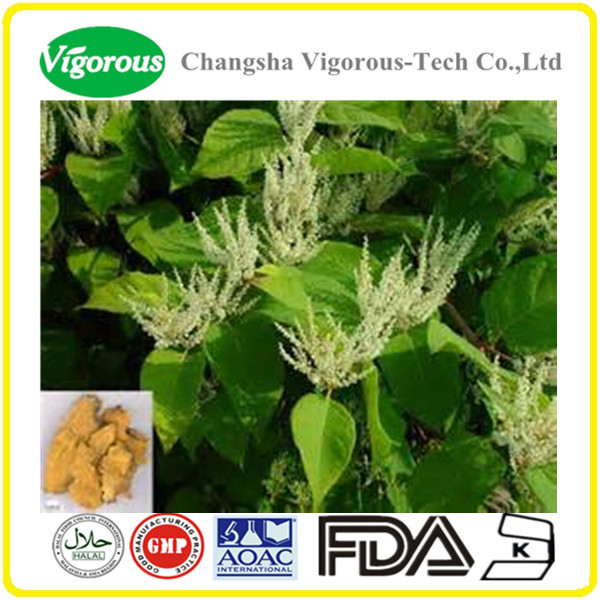- Extract Powder
-
- Fragrant Solomonseal Extract
- Elsholtzia Ciliata Extract
- Wormwood extract
- Red Radish Extract
- Arnica Extract
- Blue Lotus Extract
- Star Anise Extract
- Saxifraga Extract
- Red Bean Extract Powder
- Cistus Creticus Extract
- Luo Han Guo Extract Powder
- Saffron Extract
- Cranberry Extract
- Swertia Bimaculata Extract
- Ligustrum Extract
- White Willow Bark Extract
- Butterbur Extract
- Tongkat Ali Extract
- Grapefruit Extract
- Coix Seed Extract
- Carob Extract
- Lupinus Albus Extract
- Horse Chestnut Extract
- Kava Extract
- Dracocephalum Extract
- Olive Leaf Extract
- Lycoris Radiata Extract
- Schisandra Extract
- Scutellaria Extract Powder
- Semen Coicis Extract
- Sabah Snake Grass Extract Powder
- Phellinus Linteus Extract
- Lycium Extract
- Apple Extract
- Sophora Japonica Extract
- Lungwort Extract
- Acai Berry Extract
- Macleaya Cordata Extract
- instant green tea powder
- melissa officinalis extract
- dandelion extract
- ajuga turkestanica extract
- sesame extract
- rhodiola extract
- filipendula ulmaria extract
- chanterelle mushroom extract
- instant jasmine tea powder
- cistanche extract
- agaricus blazei extract
- agaricus bisporus extract
- agrocybe aegerita extract
- antrodia camphorata extract
- astragalus extract
- auricularia auricula extract
- bilberry extract
- black currant extract
- centella asiatica extract
- chlorella powder
- coprinus comatus extract
- cordyceps Extract
- coriolus versicolor extract
- desmodium extract
- Ecklonia Cava Extract
- epimedium extract
- eucommia extract
- evodia extract
- fenugreek extract
- fisetin extract
- flammulina velutipes extract
- fo-ti extract
- fucoxanthin extract
- ginkgo biloba extract
- ginseng extract
- grape seed extract
- graviola extract
- green coffee bean extract
- green tea l-theanine
- hawthorn extract
- hericium extract
- honeysuckle flower extract
- inonotus obliquus extract
- instant black tea powder
- kacip fatimah extract
- lovage extract
- luo han guo extract
- lutein extract
- lycium extract
- maitake mushroom extract
- mulberry extract
- muskroot extract
- olive leaf extract
- oolong tea extract
- phellinus linteus extract
- pine bark extract
- pomegrante extract
- polyporus umbellatus extract
- poria cocos extract
- pu erh tea extract
- pumpkin seed extract
- pleurotus eryngii extract
Kosher product Giant knotweed extract/High quality Giant knotweed extract resveratrol powder
2017-05-04

Fallopia sachalinensis is a herbaceous perennial plant growing to 2–4 m (79–157 in) tall, with strong, extensively spreading rhizomes forming large clonal colonies. The leaves are some of the largest in the family, up to 15–40 cm (6–15.5 in) long and 10–28 cm (4–11 in) broad, nearly heart-shaped, with a somewhat wavy, crenate margin. The flowers are small, produced on short, dense panicles up to 10 cm (4 in) long in late summer or early autumn; it is gynodioecious, with male and female (male sterile) flowers on separate plants. The species is closely related to the Japanese knotweed, Fallopia japonica, and can be distinguished from it by its larger size, and in its leaves having a heart-shaped (not straight) base and a crenate margin. Fallopia sachalinensis has a chromosome count of 2n=44.
The shoots are tender and edible. It was introduced to Europe and grown in many botanic gardens. It came prominently into notice about 1893, when a drought in western Europe caused a decided shortage in forage for cattle. This plant was little affected, and since its tender shoots and leaves were eaten by stock, the plant was widely grown experimentally as a forage crop. It has proved less useful than was predicted, and its deliberate cultivation has been almost entirely abandoned. It has, however, like F. japonica, proved to be an invasive weed in several areas.
It has hybridised with Fallopia japonica in cultivation; the hybrid, Fallopia × bohemica (Chrtek & Chrtková) J.P.Bailey, is frequently found in the British Isles and elsewhere.
Extracts of this plant can be used as a plant protectants for certain fungal and bacterial diseases.

